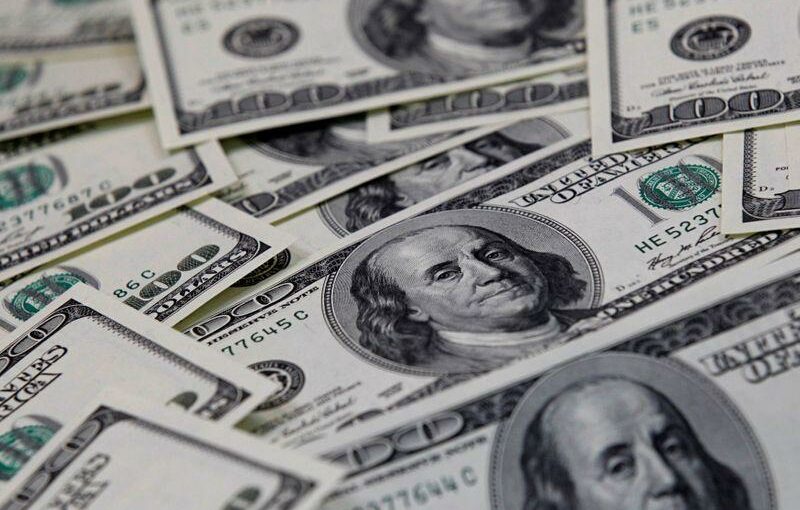TOKYO (Reuters) – The dollar hit a fresh four-month high to the euro on Thursday as the U.S. pandemic response continued to outpace Europe’s, which has been hobbled by extended lockdowns and delayed vaccine rollouts.
The safe-haven greenback remained broadly stronger following a two-day rally amid worries ranging from Europe’s third COVID-19 wave and potential U.S. tax hikes to the persistent spectre of inflation.
Even Germany’s reversal of a call for a strict lockdown over the Easter period did little to build confidence in the region’s economic outlook, instead compounding discontent with Chancellor Angela Merkel’s handling of the pandemic.
“The weak point in Europe remains around the vaccine rollout amid the rise in new virus cases and the tightening of restrictions … which likely means the mooted acceleration in Q2 may have to be pushed back by a quarter,” Tapas Strickland, director of economics and markets at National Australian Bank, wrote in a client note.
“The narrative of the U.S. outperforming Europe in the coming quarter remains.”
The euro traded near the four-month low of $1.1809 touched earlier in the Asian session, while a gauge of the dollar against six major rivals hovered just below a four-month high of 92.617 reached overnight.
The dollar gained 0.1% to 108.835 yen, another safe haven currency, as the pair continued to consolidate below 109.
Australia’s dollar, considered a liquid proxy for risk appetite, bounced 0.2% after earlier dipping to $0.7579, the lowest level since Feb. 2.
U.S. Treasury Secretary Janet Yellen and Federal Reserve Chair Jerome Powell expressed their confidence in the U.S. recovery during a second day of testimony to Congress on Wednesday.
Yellen told lawmakers she was open to banks buying back stock and paying dividends, an updated view showing her confidence in the economy. Powell also said he thinks 2021 will be a “very, very strong year in the most likely case.”
A day earlier, though, the treasury secretary had put investors on alert after espousing tax hikes to pay for President Joe Biden’s plans for upgrading infrastructure and other investments.
Inflation could also rear its head as disruptions in the supply chain exert cost pressures for manufacturers, with U.S. factory activity picking up in early March.
Meanwhile in Europe, an unexpected expansion of business activity did little to brighten the mood, with renewed COVID-19 lockdowns in many of the bloc’s member nations meaning the gains may not last through April.
Concerns have been magnified because the third wave of infections is being largely driven by the U.K. strain of the virus, according to Commonwealth Bank of Australia strategist Kim Mundy.
“The risk is that the more contagious and deadly strain of the virus elicits a stronger response from European governments, which sees Europe remaining locked down for longer,” she wrote in a note.
“A significant delay to Europe’s re‑opening efforts will only widen the divergence between the economic outlook in Europe and the U.S.,” putting additional pressure on the euro, she said.
In cryptocurrencies, bitcoin continued to swing widely, falling below $52,000 again in early Asian trading before recovering to around $52,667. That is after briefly topping $57,000 overnight.
Less than two weeks earlier, the token surged to a record-high $61,781.83.
Source: Read Full Article
